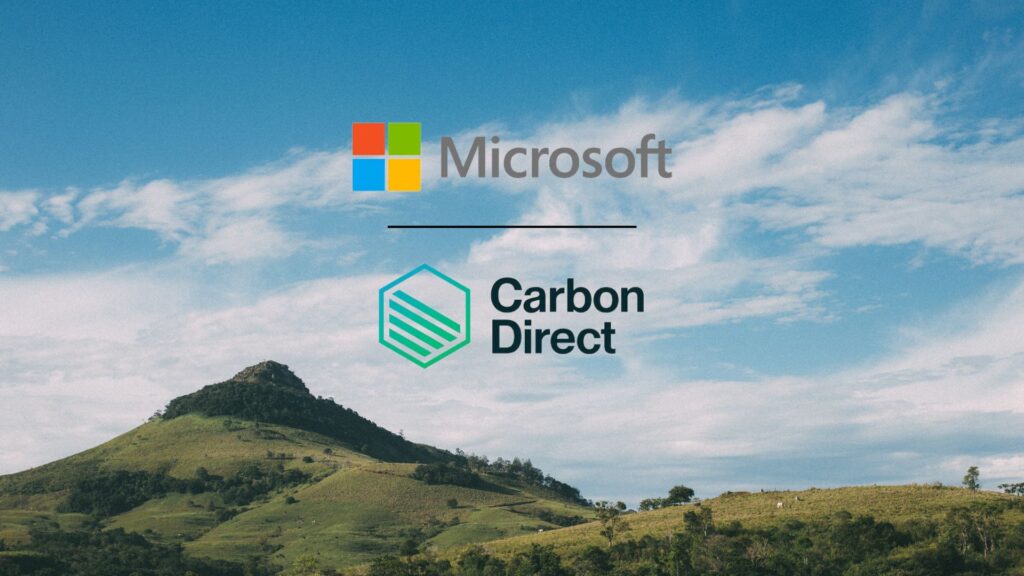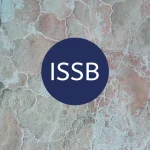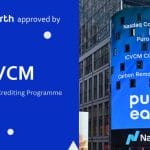Microsoft, Carbon Direct Launch High-Integrity Standards for Low-Carbon Concrete and Steel Certificates

- Sets first-of-its-kind quality benchmark for environmental attribute certificates (EACs) in the concrete and steel sectors.
- Targets Scope 3 emissions, which account for a major share of global carbon output in construction supply chains.
- Backed by industry consultation, the guidance prioritizes verifiability, additionality, and catalytic impact for real emissions cuts.
Microsoft and Carbon Direct have introduced a new framework to elevate the credibility of environmental attribute certificates (EACs) used to decarbonize the concrete and steel industries—two of the most emissions-intensive sectors globally.
The new guidance, developed in collaboration with suppliers, sustainability bodies, and material experts, outlines clear criteria for high-quality EACs. These certificates offer companies a mechanism to support low-carbon construction when direct sourcing of greener materials is not feasible—particularly in Scope 3 value chain emissions.
“EACs have the potential to address a number of the most critical challenges to scaling deep decarbonisation solutions, not least by providing financial certainty,” said Julia Fidler, Microsoft’s lead for fuel and materials decarbonisation. “By setting a high bar for EACs, we’re ensuring that our investments drive real, additional, and scalable emissions reductions as we invite the industry to join us in shaping a credible, high-impact market for low-carbon building materials.”
To qualify under the new framework, EACs must link to products that meet rigorous sustainability standards—such as a minimum ‘D’ rating from the Global Cement and Concrete Association or Level 2 under ResponsibleSteel’s Progress framework. Eligible projects must also exceed regulatory baselines and standard industry practices, pushing for innovation rather than compliance.
RELATED ARTICLE: ClimeCo Leads Development of First-Ever Low-Carbon Cement Protocol
“To decarbonise the world’s largest supply chains, we need solutions that are both ambitious and credible,” said Meera Atreya, Carbon Direct’s director for decarbonisation science and European advisory. “These first-of-their-kind criteria set a quality bar for environmental attribute certificates so that every EAC transaction can drive real, additional, and verifiable emissions reductions in concrete and steel.”
Microsoft’s commitment aligns with its broader climate goal to become carbon negative by 2030. This includes design-led material reduction, sourcing of low-emission alternatives, and decarbonising its supply network.
The guidance will remain a living document—updated to reflect advances in data, materials science, and decarbonization technologies—ensuring it evolves with the market’s needs.
Follow ESG News on LinkedIn












